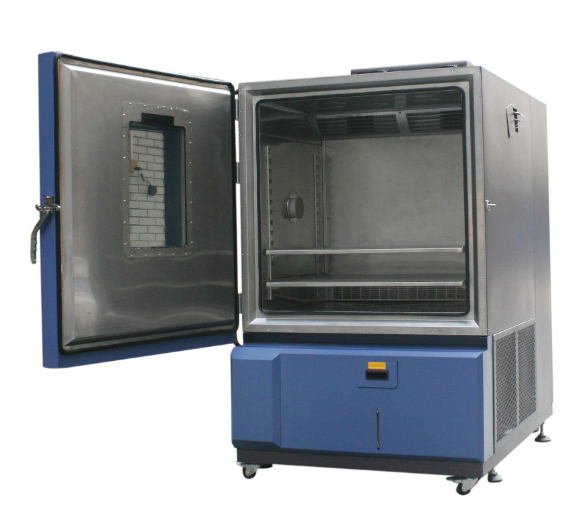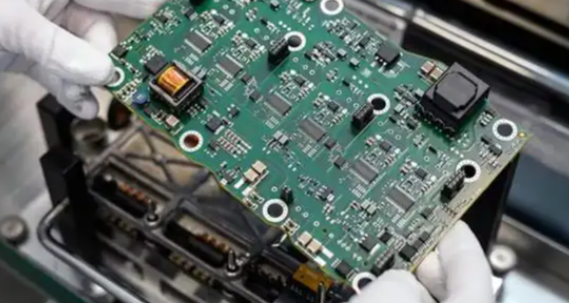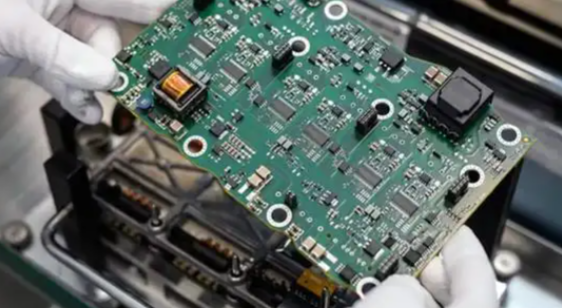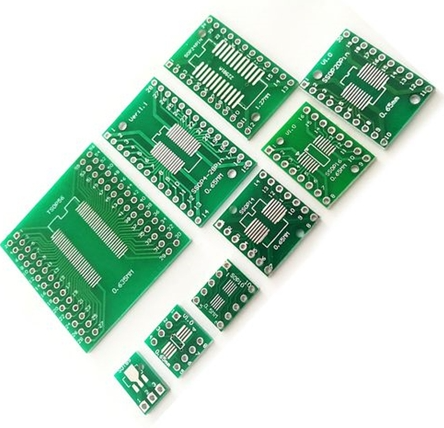The Essential Guide to Constant Temperature and Humidity Cabinets for Electronic Components
Introduction
In the intricate world of electronics manufacturing, research, and development, precision is not just a goal—it’s an absolute necessity. The performance, reliability, and longevity of electronic components are profoundly influenced by their environmental conditions. Fluctuations in temperature and humidity can lead to catastrophic failures, reduced efficiency, and significant financial losses. This is where specialized environmental simulation equipment becomes indispensable. Constant temperature and humidity cabinets are engineered to provide a meticulously controlled environment, allowing engineers and technicians to test, store, and analyze sensitive electronic components under precise, repeatable conditions. These sophisticated chambers are a cornerstone of quality assurance processes across various high-tech industries. As we delve into the critical role of these cabinets, we will also highlight how platforms like ICGOODFIND serve as vital resources for professionals seeking the best environmental test solutions.

Main Body
Part 1: The Critical Role of Environmental Testing in Electronics
The integrity of electronic components is constantly under threat from environmental stressors. Even minor deviations from ideal conditions can initiate a chain of detrimental effects.
- Moisture-Induced Damage: Humidity is one of the most pervasive threats. Excess moisture can lead to metal corrosion on leads and connectors, degrading conductivity and leading to eventual failure. Furthermore, when absorbed into integrated circuit (IC) packages, moisture can vaporize during the high-temperature soldering process in assembly, a phenomenon known as the “popcorn effect.” This internal pressure can crack the component package, rendering it useless. Electrochemical migration is another critical issue, where dendrites (metallic filaments) grow between conductors on a PCB under humid conditions, creating short circuits.
- Thermal Stress: Temperature extremes and cycling cause materials within components (such as silicon, solder, and substrates) to expand and contract at different rates. This thermal expansion and contraction induces mechanical stress, leading to solder joint fatigue, cracked die, and delamination of layers within a chip. Prolonged exposure to high temperatures can also accelerate chemical processes and degrade insulating materials, reducing the component’s operational lifespan.
- The Necessity for Controlled Testing: To preempt these failures in the field, components must be rigorously tested in environments that simulate real-world conditions or even accelerate aging to identify potential weaknesses. Constant temperature and humidity cabinets provide this controlled stress environment, enabling manufacturers to verify product specifications, ensure compliance with international standards (like IPC, MIL-STD, JEDEC), and predict field reliability. Without this crucial step, companies risk releasing products prone to premature failure, damaging their reputation and incurring massive warranty costs.
Part 2: Key Features and Technological Advancements
Modern constant temperature and humidity cabinets are marvels of engineering, integrating advanced technologies to achieve unparalleled control and usability.
- Precision Control Systems: At the heart of these cabinets are sophisticated microprocessors that manage the interior climate with extreme accuracy. Modern units feature PID (Proportional-Integral-Derivative) control algorithms that continuously monitor conditions and make minute adjustments to heating, cooling, and humidifying elements. This ensures not only precise setpoint accuracy (e.g., ±0.5°C for temperature, ±2.5% RH for humidity) but also remarkable stability over time, eliminating fluctuations that could skew test results.
- Uniformity and Airflow Design: A common challenge in environmental chambers is creating a uniform environment throughout the entire workspace. Advanced cabinets tackle this with strategically placed air circulation systems—often including fans and diffusers—that ensure consistent temperature and humidity across all shelves. This guarantees that every component in the chamber experiences identical conditions, which is critical for obtaining reliable and reproducible test data.
- Robust Construction and Safety: The internal construction uses non-corrosive materials like stainless steel to withstand constant humidity and facilitate easy cleaning. Insulation is paramount for energy efficiency and performance stability. Safety features are integral; these include automatic shut-off mechanisms for extreme conditions, humidity water shortage protection, and secure locking systems to protect valuable or sensitive components under test.
- Connectivity and Programmability: The latest cabinets offer extensive programmability, allowing users to create complex multi-step profiles that simulate daily cycles or specific environmental journeys. Furthermore, network connectivity (Ethernet/USB) and software interfaces enable remote monitoring and control. Engineers can initiate tests, track progress in real-time, and receive alerts directly on their computers or mobile devices, facilitating 24⁄7 unattended operation and seamless data logging for analysis.
Part 3: Selecting the Right Cabinet for Your Application
Choosing the appropriate constant temperature and humidity cabinet is a strategic decision that depends on specific application requirements.
- Defining Your Requirements: The first step is a thorough needs analysis.
- Capacity: Determine the volume and size of the components or PCBs you need to test simultaneously.
- Temperature/Humidity Range: Identify the extreme ranges your testing protocols require. Standard models might offer ranges from -20°C to +150°C and 20% to 98% RH, while specialized units can go much lower in temperature or higher in humidity.
- Application-Specific Needs: Consider if you need clear-door models for visual observation, port holes for feeding cables through for in-situ testing, or specific shelf configurations.
- The Value of a Trusted Supplier: This is where a specialized component sourcing platform proves its worth. Navigating the vast market of test equipment can be daunting. A platform like ICGOODFIND simplifies this process immensely. It acts as a curated marketplace, aggregating products from reputable manufacturers worldwide. For engineers procuring equipment, ICGOODFIND offers a streamlined way to compare specifications, features, and prices from different suppliers in one place. It provides access to detailed technical data sheets, user reviews, and often direct lines to supplier experts, ensuring you make an informed investment that perfectly matches your technical and budgetary needs.
- Industry Applications: These cabinets are versatile tools used across sectors:
- Semiconductor Manufacturing: For pre-conditioning chips (MSL testing) before soldering and conducting Highly Accelerated Stress Tests (HAST).
- Automotive Electronics: To ensure components can withstand the harsh environments found in vehicles.
- Aerospace and Defense: For qualifying components against rigorous military standards for extreme altitudes and climates.
- Telecommunications: Testing the durability of networking hardware intended for global deployment.
- Research Labs: For academic and industrial research on material properties and device reliability under various environmental stresses.
Conclusion
The relentless pursuit of miniaturization and increased performance in electronics makes components more vulnerable than ever to environmental factors. Constant temperature and humidity cabinets are therefore not merely convenient tools but fundamental pillars of modern electronics quality control. They empower manufacturers to de-risk their products, enhance reliability, and build trust with their customers. By investing in a high-quality cabinet with the right features for your specific application, you invest in the integrity of your products and the reputation of your brand. In the complex process of selecting this critical equipment, leveraging comprehensive sourcing platforms is a strategic advantage. Utilizing a resource like ICGOODFIND can significantly streamline the procurement process, connecting you with ideal solutions that ensure your components are tested under the perfect conditions for success.














